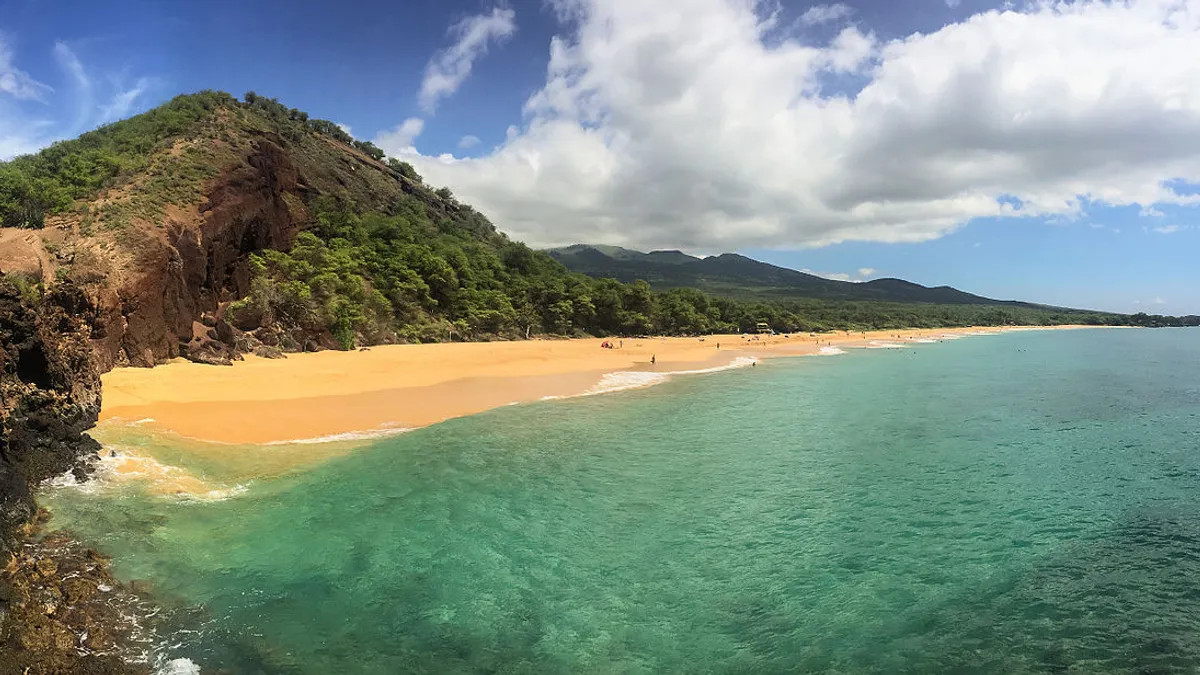Dive Brief:
- Hawaii regulators on Monday raised concerns with Hawaiian Electric Companies (HECO) about the delay on the proposed soft launch of its Integrated Grid Plan (IGP) and the plan's exclusion of non-wires alternatives (NWA).
- The Public Utilities Commission (PUC) requested further discussion to understand if a "course of correction is necessary," particularly regarding the resilience benefits of microgrid solutions on the state's mountainous islands. The commission directed HECO to consider these criticisms at its next working group meeting on Aug. 8.
- HECO developed its IGP process over the last two years to incorporate a procurement step in its grid planning process through a new model, while addressing cost differences between distributed and grid-scale resources. However, regulators are concerned that HECO "may intend to again implement a traditional wires solution without a complete consideration of potential alternatives."
Dive Insight:
While HECO was not available to comment on the letter, solar developers are praising it.
"There's no question that HECO needs to improve and consider other means of resilience, other types of independent grids within a grid, or self sustaining grids within a grid," Colin Yost, chief operating officer of RevoluSun, told Utility Dive. Yost also chairs the executive committee of Sierra Club's Hawaii chapter.
The PUC said it "is concerned that the proposed IGP Soft Launch appears to have been significantly delayed and the Companies may be prematurely excluding [NWA] opportunities."
Specifically, HECO appears "to be delaying consideration of NWAs for the Ho'opili development until 2025 and currently plan[s] to build a new substation," the commission wrote.
Ho'opili is a housing development on the island of Oahu, which is plagued with reliability threats to transmission, according to Yost.
While "Hawaii is not quite as vulnerable as Puerto Rico" to breakdowns in traditional transmission, nearly all of the centralized generation on Oahu is on the west side of the island and the transmission is "unusually vulnerable" because it's designed to pass a mountain range twice to reach the east side," he said.
"Wherever there's new development or new housing... HECO should be proactively working with distributed generation developers to make sure those communities are resilient and backed up," Yost said.
The PUC criticized HECO for concluding that "a traditional solution is necessary without the opportunity for market providers to offer an alternate solution."
Other regulators have similarly pushed investor-owned utilities (IOUs) to consider NWA, but the former Washington D.C. PSC chief of infrastructure, Jorge Camacho, said utilities cannot reliably perform such studies.
“In order to encourage IOUs to deploy NWAs, it is important to have an independent qualified technical resource characterize the nature of any identified system deficiencies warranting infrastructure expansion," Camacho, whose main function was to provide oversight of Pepco, told Utility Dive.
"Having the utility perform an NWA study will not do — sorry, [been] there, done that, doesn’t work," he added. After that, "the PUCs need to allow the IOUs to earn the equivalent traditional wires solutions rate of return on the NWAs that deferred/replaced the potential traditional infrastructure expansion."
While HECO has worked on its IGP launch, other vertically integrated IOUs have managed to successfully collaborate with distributed energy developers, accoridng to Yost who credited Green Mountain Power for including distributed energy resources in an innovative way.
"The two most important reasons to consider all possible means of transitioning away from fossil fuels, including non-wired microgrid alternatives, is that it'll help us move faster away from fossil fuel and also will significantly improve the state's resilience," Yost said, speaking for Sierra Club.














